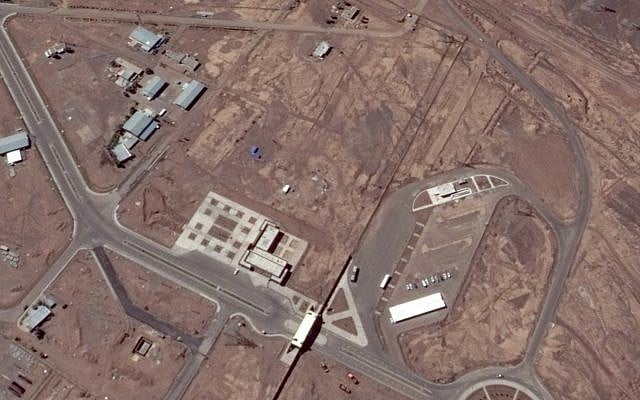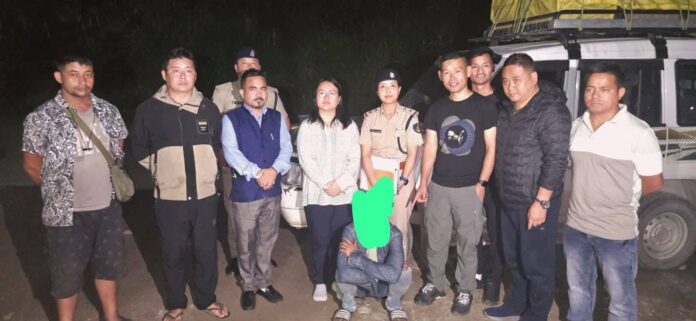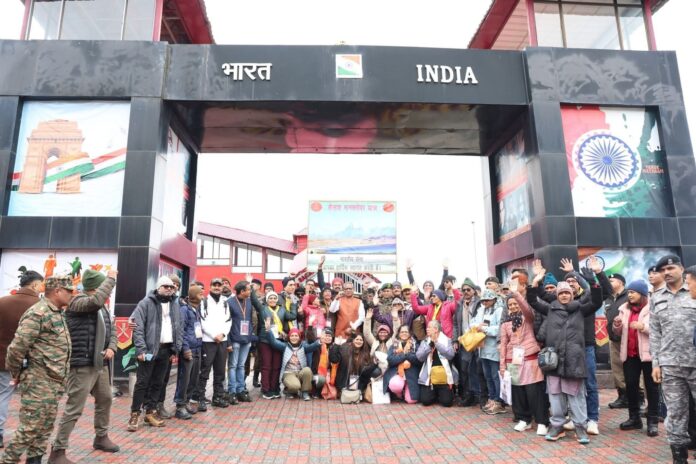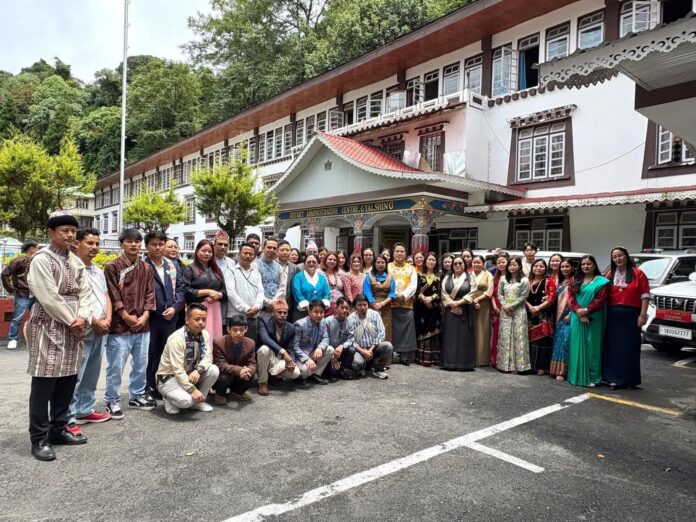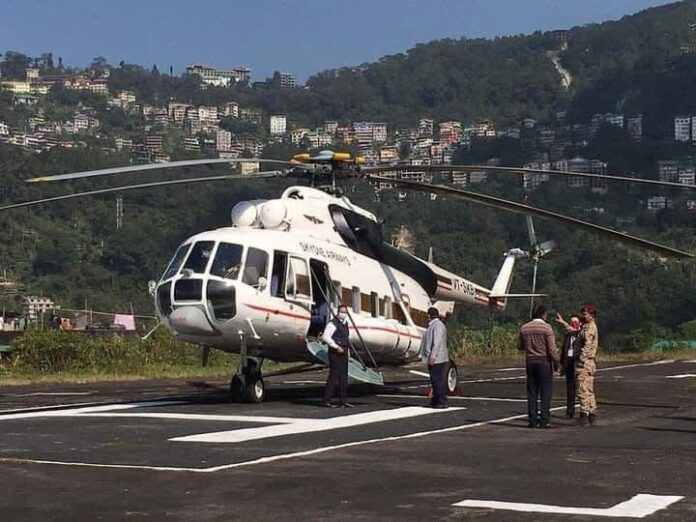A dangerous plot allegedly devised by Bangladesh’s interim Chief Adviser Muhammad Yunus to trigger border skirmishes with India has been thwarted by the decisive intervention of Bangladesh Army Chief General Waker-uz-Zaman, multiple sources have revealed.
The plan, reportedly conceived by Yunus in coordination with Jamaat-e-Islami leaders and the newly-formed Jatiyo Nagorik Party, aimed to divert domestic discontent and rally nationalist sentiments by provoking minor clashes along the Indo-Bangladesh border. According to sources close to the matter, the strategy involved using Border Guards Bangladesh (BGB) to instigate confrontations with India’s Border Security Force (BSF), with backup from select Bangladesh Army units if required.
Yunus, under mounting political pressure due to growing opposition movements, spiraling inflation, rising crime rates, and administrative stagnation, allegedly saw an opportunity to distract the public and consolidate his hold on power through a wave of hyper-nationalism. His goal was to delay calls for early elections and strengthen his political footing.
However, the scheme met stiff resistance from General Waker-uz-Zaman, who unequivocally opposed any move to inflame tensions with India, citing the risk of escalation and broader regional instability. Sources say the General also reinforced his position as the sole authority overseeing BGB operations, blocking any attempts by Yunus to bypass military command and directly influence border forces.
The Bangladesh Nationalist Party (BNP), which has been critical of Yunus’ leadership, also condemned the plan as “reckless and dangerous.”
Intelligence reports suggest that elements from Pakistan’s Inter-Services Intelligence (ISI) may have also encouraged the plot behind the scenes, viewing regional instability as a strategic advantage.
While the immediate threat appears to have been contained, concerns remain that Yunus could attempt to revive the strategy, particularly if General Zaman is replaced or if internal pressures on the interim government intensify.
Observers warn that continued vigilance will be necessary to ensure that Bangladesh’s fragile political landscape does not spiral into a manufactured conflict with its closest neighbor.





